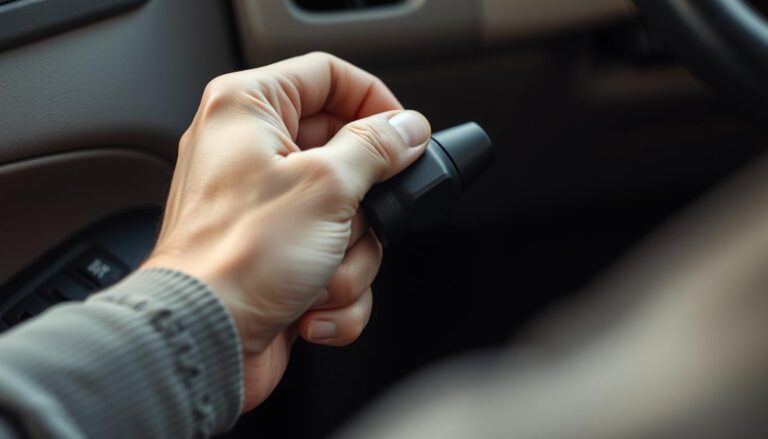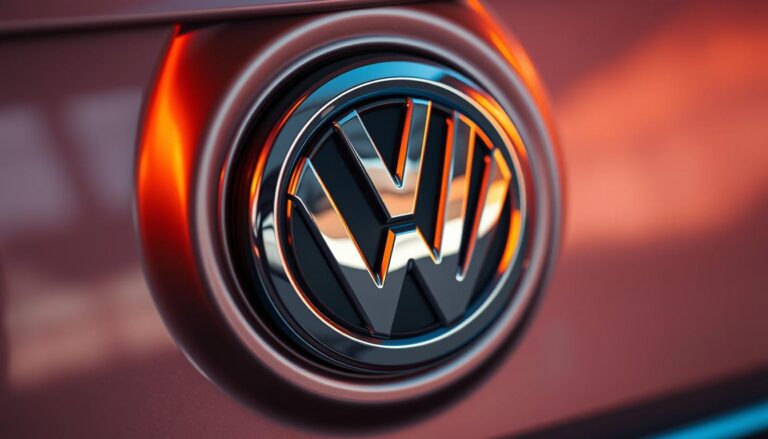Many drivers assume their car windows provide complete protection from the sun’s harmful ultraviolet (UV) rays. However, the reality is more complex. While automotive glass does offer some UV protection, the level varies significantly between different windows in your vehicle. Understanding these differences is crucial for protecting both your skin health and your vehicle’s interior from UV damage during those long drives and daily commutes.
Why UV Protection in Vehicles Matters
Exposure to UV radiation while driving is a significant but often overlooked health concern. Research has shown that professional drivers have higher rates of skin damage and cancer on the left side of their face and body (in countries with right-hand traffic). Beyond health concerns, UV rays can cause your vehicle’s interior to fade, crack, and deteriorate over time.
Health Implications
UV radiation is a known carcinogen that can lead to skin cancer, premature aging, and eye damage. According to the Skin Cancer Foundation, nearly 53% of skin cancers in the US occur on the left side of the body—the driver’s side. This statistic highlights the importance of adequate UV protection while driving.
Interior Preservation
UV rays can cause significant damage to your vehicle’s interior components. Continuous exposure leads to fading of upholstery, cracking of dashboard materials, and deterioration of leather and plastic surfaces. This not only affects the aesthetic appeal of your vehicle but can also reduce its resale value significantly.
Different Types of Automotive Glass and Their UV Protection
Not all car windows are created equal when it comes to UV protection. The type of glass used in different parts of your vehicle significantly affects the level of protection provided.
Windshield Glass
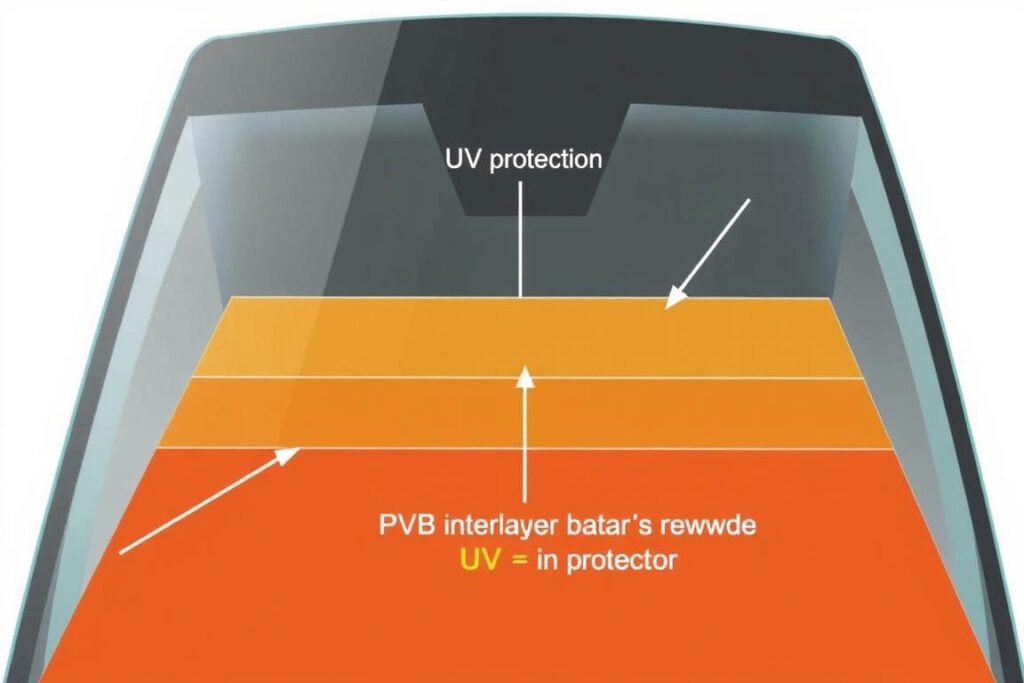
Modern windshields are made of laminated glass, consisting of two layers of glass with a plastic interlayer (polyvinyl butyral or PVB) sandwiched between them. This construction not only prevents the glass from shattering upon impact but also blocks approximately 95-99% of UV-A and nearly 100% of UV-B rays.
Side Windows
Side windows are typically made of tempered glass, which undergoes a heating and rapid cooling process to increase strength. Unlike windshields, most side windows block only about 65-70% of UV-A rays, while still blocking most UV-B rays. This significant difference in protection leaves passengers vulnerable to harmful UV-A radiation.
Rear Windows
Rear windows are also made of tempered glass and provide similar UV protection to side windows. However, many rear windows come with factory tinting that can increase UV protection to varying degrees. Even with factory tinting, rear windows typically don’t match the protection level of the windshield.
Laminated vs. Tempered Glass: UV Protection Differences
| Feature | Laminated Glass | Tempered Glass |
| Primary Location | Windshield | Side and rear windows |
| Construction | Two glass layers with PVB interlayer | Single layer of heat-treated glass |
| UV-A Protection | 95-99% | 65-70% |
| UV-B Protection | Nearly 100% | 80-90% |
| Breakage Pattern | Cracks but holds together | Shatters into small pieces |
| Safety Features | Prevents ejection, maintains structural integrity | Reduces injury risk from sharp edges |
The key difference in UV protection between these glass types stems from the PVB interlayer in laminated glass, which is specifically designed to block UV radiation. Tempered glass lacks this interlayer, resulting in significantly lower UV-A protection. Some newer vehicles are beginning to use laminated glass for side windows as well, providing improved UV protection throughout the vehicle.
UV-A vs. UV-B Rays: What Car Windows Typically Block
Understanding UV Radiation Types
Ultraviolet radiation is typically categorized into three types: UV-A, UV-B, and UV-C. UV-C is absorbed by the Earth’s atmosphere and doesn’t reach the ground. However, both UV-A and UV-B rays reach the Earth’s surface and can penetrate your vehicle.
- UV-A rays (315-400nm): These have longer wavelengths and account for about 95% of UV radiation that reaches the Earth. They penetrate deeper into the skin and contribute to premature aging and wrinkling. UV-A can pass through glass more easily than UV-B.
- UV-B rays (280-315nm): These have shorter wavelengths and are primarily responsible for sunburn. They’re also more strongly linked to skin cancer development. Most glass effectively blocks UV-B rays.
What Car Windows Block
Car windows vary in their ability to block different types of UV radiation:
This significant disparity in protection levels means that while you may be well-protected from UV-B rays in your vehicle, harmful UV-A rays can still reach your skin through side and rear windows, potentially causing long-term damage.
Research Findings on UV Protection in Modern Vehicles
“We found that the front windshield blocked an average of 96% of UV-A, while the side windows blocked only about 71% of UV-A. This finding is especially concerning given that nearly 53% of skin cancers in the US occur on the left, or driver’s side of the body.”
Several studies have examined the UV protection capabilities of automotive glass in modern vehicles. Here are some key findings:
Study Results
- A 2016 study published in JAMA Ophthalmology examined 29 automobiles from 15 manufacturers, finding that while windshields blocked 94-96% of UV-A rays, side windows blocked only 44-96%, with an average of 71%.
- Research from the Skin Cancer Foundation indicates that professional drivers show higher rates of skin damage and skin cancers on the left side of their face and body (in countries with right-hand traffic).
- A study in the Journal of Investigative Dermatology found that UV exposure through car windows contributed to approximately 13% of annual UV exposure for the average American.
Vehicle Variations
UV protection varies not only by window position but also by vehicle make, model, and year. Luxury vehicles often incorporate better UV protection in all windows, with some high-end models using laminated glass for side windows as well.
Newer vehicles (manufactured after 2018) tend to have improved UV protection compared to older models, reflecting increased awareness of the health implications of UV exposure while driving.
Factors That Affect UV Protection in Car Windows
Factory Window Tint
Many vehicles come with factory-applied tinting on side and rear windows. This tinting can increase UV protection to varying degrees, typically blocking 70-80% of UV-A rays. However, factory tint is primarily designed for privacy and heat reduction rather than UV protection, so its effectiveness varies widely between manufacturers.
Vehicle Age
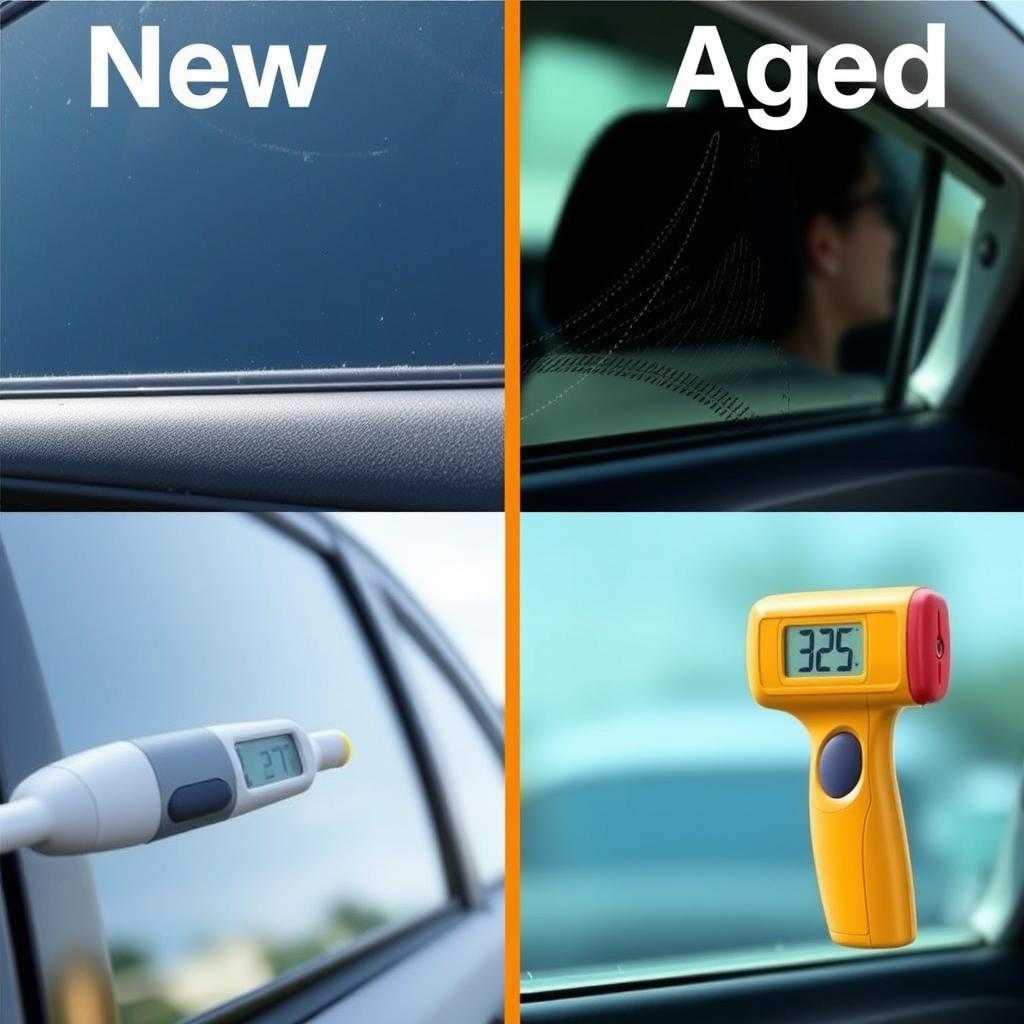
The UV-blocking capabilities of automotive glass can deteriorate over time. Older vehicles may provide less UV protection due to degradation of the materials used in the glass or interlayer. Vehicles manufactured before the mid-1990s typically have significantly lower UV protection standards compared to modern vehicles.
Aftermarket Modifications
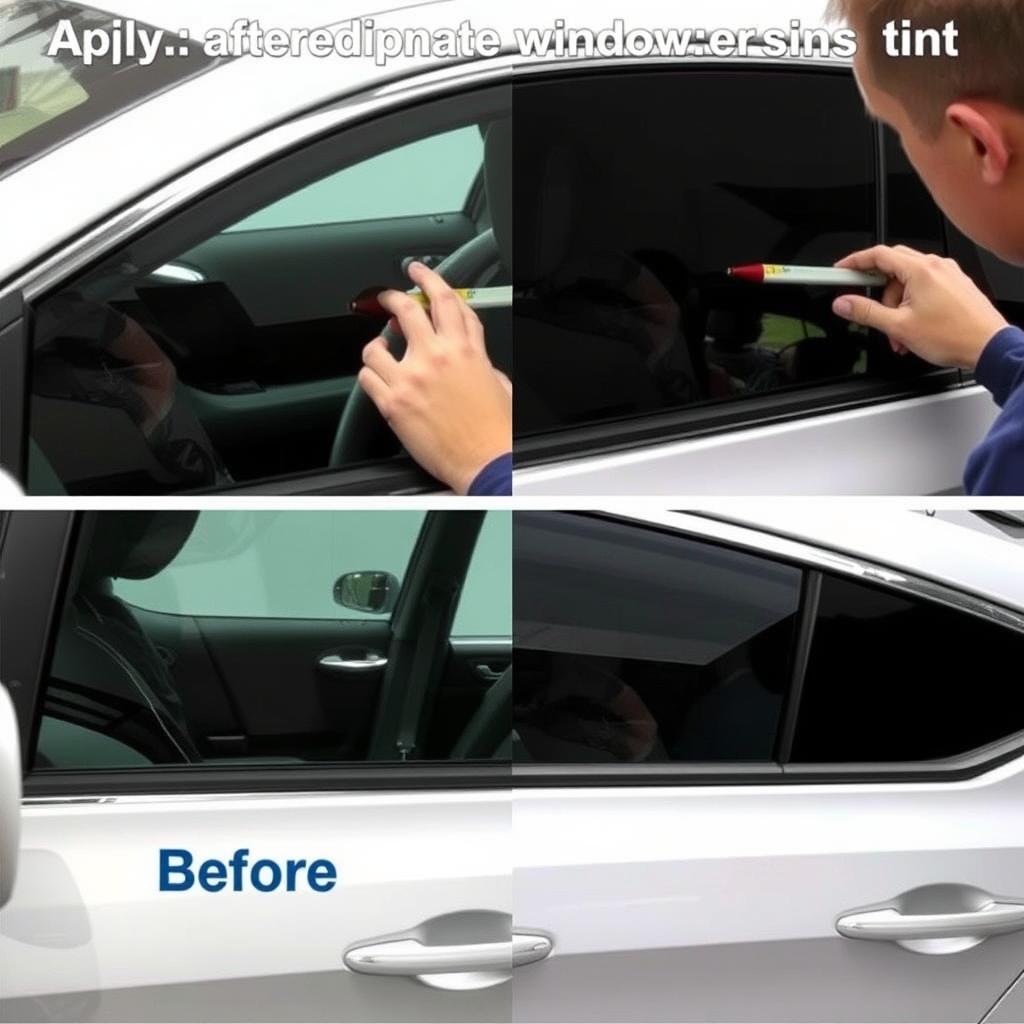
Aftermarket window tints can significantly enhance UV protection, with high-quality films blocking up to 99% of both UV-A and UV-B rays. However, the effectiveness depends on the quality of the film and proper installation. Low-quality aftermarket tints may provide inadequate protection or deteriorate quickly.
Important Note: Window tinting regulations vary by location. Before applying aftermarket tint, check your local laws regarding permissible tint darkness (VLT percentage) and reflectivity. Some jurisdictions have strict limitations, particularly for front side windows.
Risks of Insufficient UV Protection While Driving
Health Risks
- Skin Cancer: Prolonged exposure to UV radiation through car windows increases the risk of developing skin cancers, particularly on the left side of the body for drivers in right-hand traffic countries.
- Premature Aging: UV-A rays penetrate deeply into the skin, causing photoaging effects like wrinkles, fine lines, and age spots. This can lead to asymmetrical aging where the driver’s side of the face shows more signs of aging.
- Eye Damage: UV exposure contributes to cataracts, macular degeneration, and other eye conditions. Drivers may be at increased risk due to prolonged exposure while focusing on the road.
- Photosensitivity Reactions: Individuals taking certain medications may experience increased sensitivity to UV radiation, leading to severe skin reactions even with limited exposure through car windows.
Vehicle Interior Damage
- Faded Upholstery: UV radiation causes fabric, leather, and vinyl upholstery to fade and deteriorate over time. Dark colors are particularly susceptible to visible fading.
- Cracked Dashboard: Continuous UV exposure can cause dashboard materials to dry out, leading to cracking and warping, especially in vehicles regularly parked in sunny locations.
- Damaged Electronics: UV radiation can degrade the plastic components of electronic displays and controls, potentially leading to malfunctions and reduced lifespan.
- Reduced Resale Value: A sun-damaged interior can significantly reduce a vehicle’s resale value, as potential buyers may perceive the vehicle as poorly maintained or older than its actual age.
Solutions for Enhancing UV Protection in Your Vehicle
If you’re concerned about the level of UV protection your car windows provide, several effective solutions can enhance protection for both you and your vehicle’s interior.
Aftermarket Window Films
Aftermarket window films offer one of the most effective solutions for enhancing UV protection. High-quality films can block up to 99% of both UV-A and UV-B rays while also reducing heat and glare.
Types of Window Films:
- Ceramic Films: Premium option that blocks UV rays without interfering with electronic signals. Offers excellent heat rejection and clarity.
- Carbon Films: Good UV protection with a matte finish that won’t fade over time. Provides moderate heat rejection.
- Metallized Films: Excellent UV and heat protection but may interfere with electronic signals (GPS, cell phones).
- Dyed Films: Most affordable option with good UV protection but shorter lifespan and less heat rejection.
Portable UV Shields
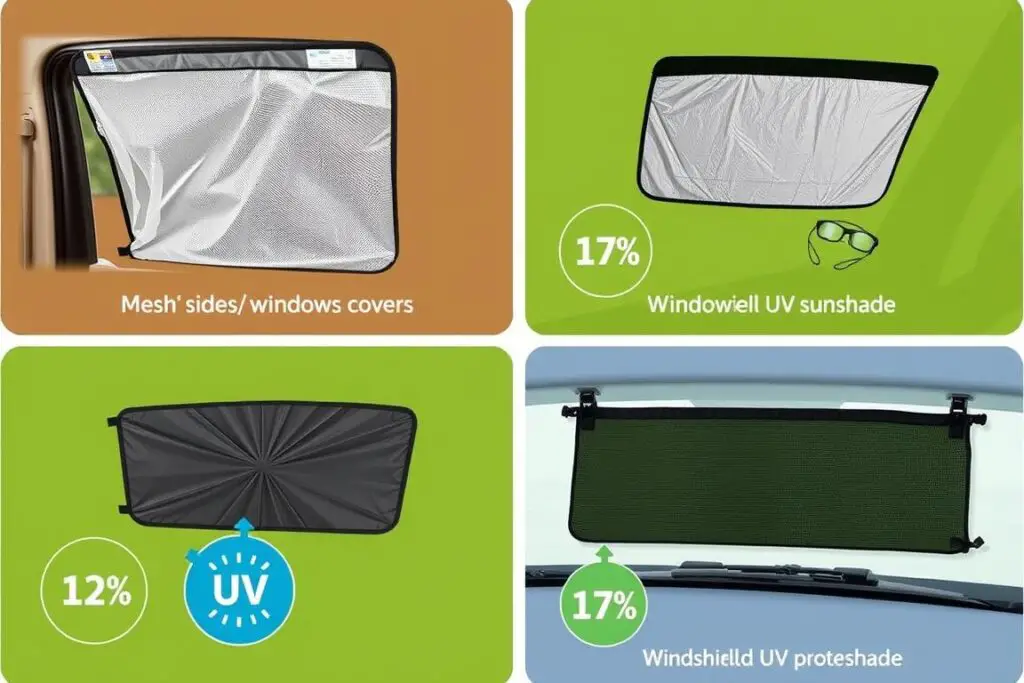
For those seeking a temporary or more affordable solution, portable UV shields and sun shades can provide additional protection when needed.
Popular Options:
- Mesh Side Window Shades: Easy to install and remove, these provide moderate UV protection while maintaining visibility.
- Windshield Sun Shades: Primarily used when parked, these protect the dashboard and interior from UV damage.
- Rear Window Roller Shades: Retractable shades that can be deployed when needed, particularly useful for protecting children in the back seat.
- UV-Blocking Car Seat Covers: Protect upholstery from UV damage while adding an extra layer of comfort.
Personal Protection Measures
In addition to enhancing your vehicle’s UV protection, personal protection measures can provide an extra layer of defense against harmful rays.
Recommended Measures:
- Broad-Spectrum Sunscreen: Apply SPF 30+ sunscreen to exposed skin, especially on the left side of the face and arm for regular drivers.
- UV-Blocking Sunglasses: Choose sunglasses that block 99-100% of UV-A and UV-B rays to protect your eyes while driving.
- UPF-Rated Clothing: Consider long-sleeved shirts with UPF (Ultraviolet Protection Factor) rating for long drives.
- UV-Blocking Sleeves: Specialized sleeves can protect arms from UV exposure through side windows during long drives.
Professional UV Protection Solutions
Get Professional Window Tinting
Professional installation ensures optimal UV protection, heat rejection, and a factory-quality finish that enhances your vehicle’s appearance while protecting you and your interior. Most quality installations come with warranties of 5-10 years or more.
Benefits of Professional Installation
- Expert Film Selection: Professionals can recommend the best film for your specific needs and vehicle type.
- Precision Application: Proper installation prevents bubbling, peeling, and ensures maximum effectiveness.
- Legal Compliance: Professionals are familiar with local tinting regulations and can ensure your vehicle remains compliant.
- Warranty Protection: Most professional installations come with manufacturer warranties against defects and fading.
What to Look for in a Professional Installer
- Certification: Look for installers certified by major film manufacturers like 3M, LLumar, or SunTek.
- Experience: Choose installers with extensive experience, particularly with your vehicle make and model.
- Reviews and Portfolio: Check customer reviews and before/after photos of their work.
- Warranty Offering: Ensure they provide a comprehensive warranty on both materials and labor.
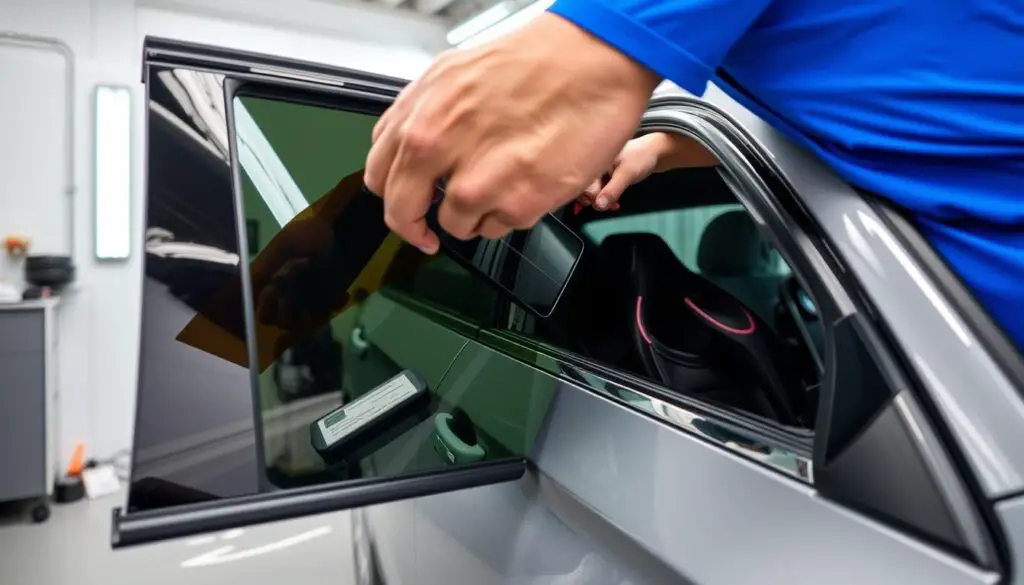
Myth-Busting: Common Misconceptions About Car Window UV Protection
Myth: All car windows provide the same level of UV protection
Reality: As we’ve discussed, there’s a significant difference between the UV protection offered by windshields (laminated glass) and side/rear windows (tempered glass). Windshields typically block 95-99% of UV-A rays, while side windows often block only 65-70%.
Myth: Factory tinted windows provide complete UV protection
Reality: Factory tinting is primarily designed for privacy and aesthetics, not UV protection. While it does provide some additional UV blocking, factory tinted windows still allow significant UV-A radiation to penetrate. Only specialized UV-blocking window films can provide comprehensive protection.
Myth: You can’t get sunburned through car windows
Reality: While car windows block most UV-B rays (which cause sunburn), they allow significant UV-A rays to penetrate, especially through side windows. UV-A rays penetrate deeper into the skin and cause long-term damage like premature aging and contribute to skin cancer risk, even without causing visible sunburn.
Myth: Darker tint means better UV protection
Reality: The darkness of window tint (visible light transmission or VLT) is not directly correlated with UV protection. Even clear films can block 99% of UV rays if they’re specifically designed for that purpose. The UV-blocking capability comes from special additives in the film, not its darkness.
Myth: All aftermarket window tints are illegal
Reality: Window tinting laws vary by location but most jurisdictions allow some degree of window tinting. Many places allow higher VLT percentages (lighter tints) on front side windows and lower VLT percentages (darker tints) on rear windows. Clear UV-blocking films are legal in virtually all jurisdictions.
Myth: UV protection isn’t necessary in cloudy weather or winter
Reality: Up to 80% of UV rays can penetrate cloud cover, and UV radiation is present year-round. In fact, snow can reflect up to 80% of UV rays, potentially increasing exposure during winter driving. Consistent UV protection is important regardless of season or weather conditions.
Conclusion: Taking Control of Your Vehicle’s UV Protection
Standard car windows provide varying levels of UV protection, with windshields offering significantly better protection than side and rear windows. This disparity leaves drivers and passengers vulnerable to harmful UV-A radiation, which can lead to skin damage, premature aging, and increased skin cancer risk over time.
The good news is that effective solutions exist to enhance your vehicle’s UV protection. From high-quality aftermarket window films to portable sun shades and personal protection measures, you can significantly reduce your UV exposure while driving and protect your vehicle’s interior from sun damage.
When considering UV protection options, remember that professional installation of quality window films offers the most comprehensive and long-lasting solution. These films can block up to 99% of harmful UV rays while also reducing heat and glare, making your driving experience more comfortable and safer.
